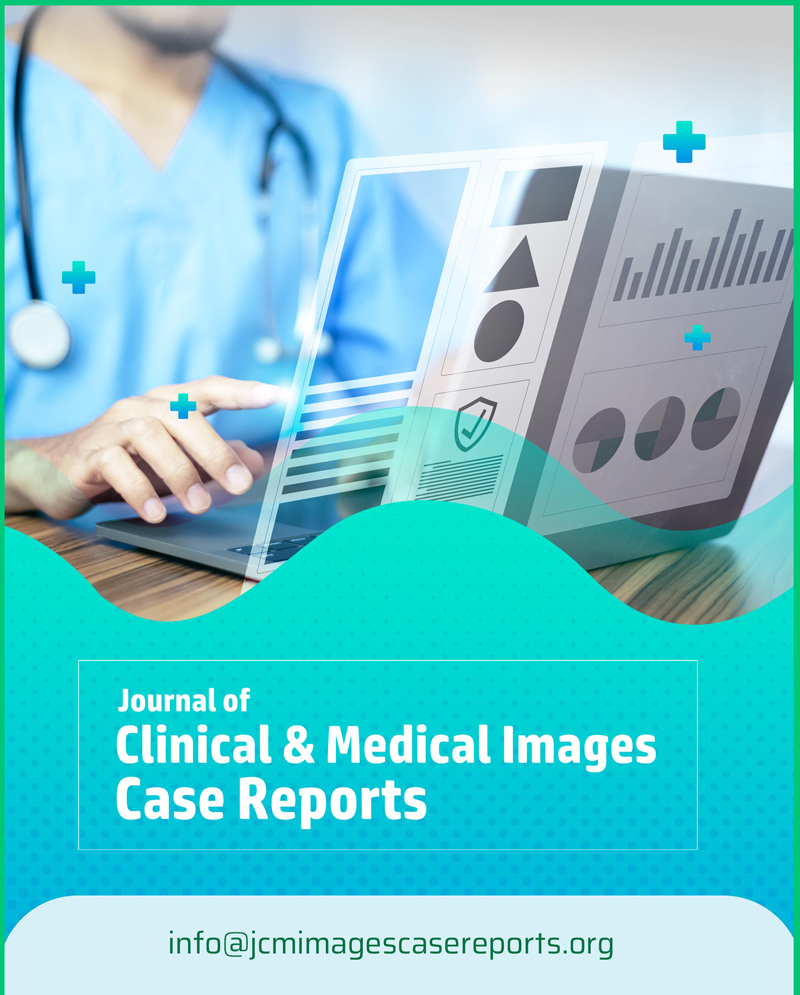ISSN Number
ISSN 2771-019XOpen Access, Clinical Image, Volume 4, Issue 5
Fat Embolism Syndrome (FES), a classic triad
Patricia Castro Gallardo; Diego Ángeles Sistac*; Indalecio Morán Chorro
Santa Creu and Sant Pau Hospital, Intensive Care Medicine Service, Spain.
Diego Ángeles Sistac
Santa Creu and Sant Pau Hospital, Intensive Care Medicine Service, Spain.
Email: dangeles@santpau.cat & dasistac.salud@gmail.com
Received : Aug 01, 2024,
Accepted : Aug 29, 2024
Published : Sep 05, 2024,
Archived : www.jclinmedcasereports.com
Copy right Statement: Content published in the journal follows Creative Commons Attribution License (http://creativecommons.org/licenses/by/4.0). © Ángeles Sistac D (2024).
Journal: The Journal of Clinical and Medical Images, Case Reports (JCMICR) is a fantastic resource for keeping up with the latest clinical advancements and for publishing case reports and clinical images related to a variety of medical illnesses.
Citation: Castro Gallardo P, Ángeles Sistac D, Morán Chorro I. Fat Embolism Syndrome (FES), a classic triad. J Clin Med Images Case Rep. 2024; 4(5): 1730.
Description
A 20-year-old man presented diaphyseal fractures of the right femur, tibia, and fibula following an accident. The emergency services transported him to the nearest hospital where he underwent immobilization with a splint. Subsequently, he was referred to our center 7 hours after the accident, presenting agitation and loss of consciousness at 10 hours post-admission. Osteotaxis of the fractures was performed with inability to extubate him due to desaturation and a Glasgow Coma Scale decline down to 8 points. The images presented here define the classic triad of the FES: A chest CT (Figure 1) shows areas of ground-glass opacities and thickening of interlobular septa [1]; A brain MRI (Figure 2) demonstrates multiple foci of signal alteration (“starfield pattern”) [2]; A photograph (Figure 3) illustrates conjunctival and cutaneous petechiae (that appeared 36 hours after the accident) [3]. The patient spent 15 days in the Intensive Care Unit and 70 in the hospital; he returned to his academic activities 5 months later. FES is more common in young men with long bone fractures; it has no specific treatment, and early fracture fixation and intensive care support for complications are recommended.
Declarations
Ethical considerations: The publication of this clinical case was conducted following the research protocols established by our institution. Consent has been obtained from the patient for the use of their images and medical history. Likewise, efforts were made to de-identify the patient as much as possible.
Conflict of interest: None
The authors declare that we have no personal or financial conflicts of interest in the publication of our manuscript.
Funding: No funding has been received for its writing, nor does it have commercial purposes.
References
- Newbigin K, Souza CA, Torres C, Marchiori E, et al. Fat embolism syndrome: State-of-the-art review focused on pulmonary imaging findings. Respir Med. 2016; 113: 93-100. doi: 10.1016/j.rmed.2016.01.018.
- Kuo KH, Pan YJ, Lai YJ, et al. Dynamic MR imaging patterns of cerebral fat embolism: a systematic review with illustrative cases. AJNR Am J Neuroradiol. 2014; 35(6): 1052- 1057. doi: 10.3174/ajnr.A3605.
- Rothberg DL, Makarewich CA. Fat Embolism and Fat Embolism Syndrome. J Am Acad Orthop Surg. 2019; 27(8): e346-e355. doi: 10.5435/JAAOS-D-17-00571.




